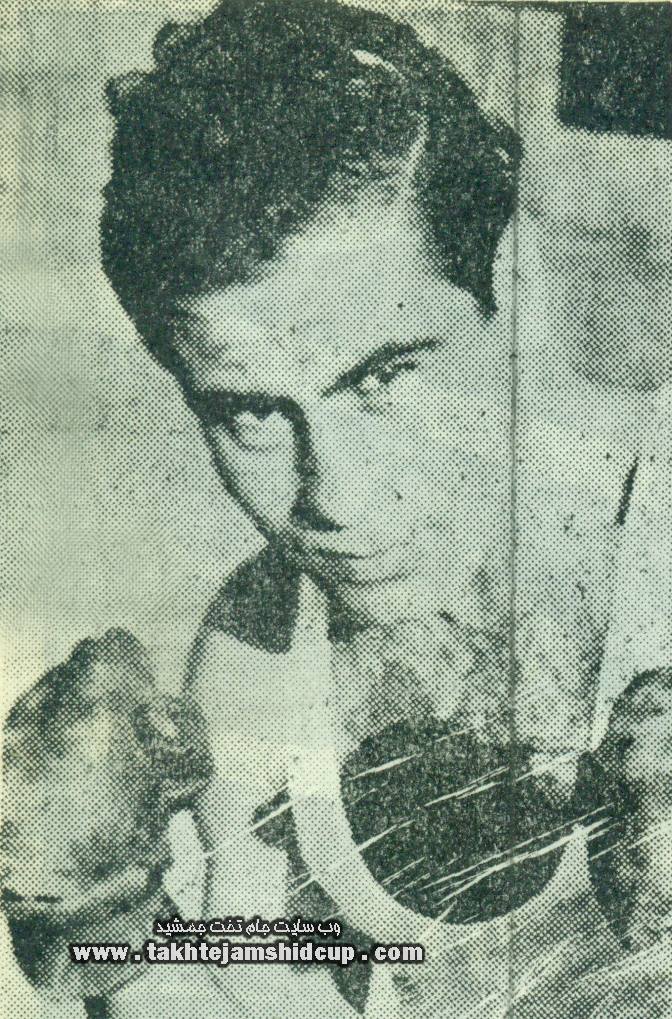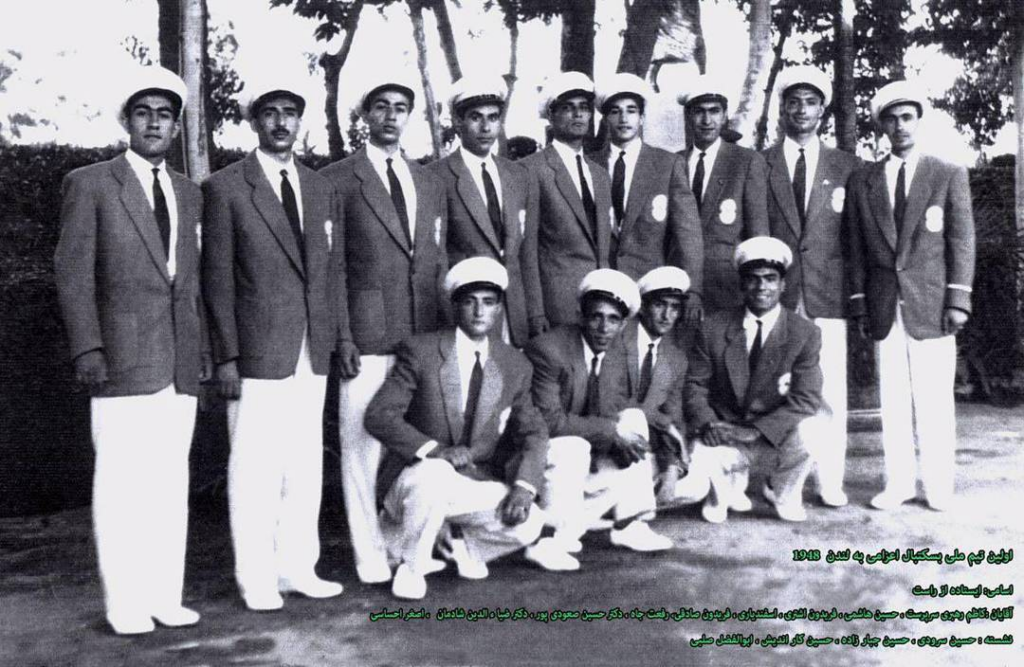Recently at Oldest Olympians, the Egyptian delegation to the 1928 Amsterdam Games has been on our mind because we discovered that one of the competitors, wrestler Ibrahim Sobh, later became known as a poet, and thus we were able to uncover more of his life story. We have also been wanting to feature some of the lesser-known competitors from this edition, and thus today we have decided to feature a few of the Egyptian participants for whom we lack dates of birth and death.

(Ali Kamel, left, and Ibrahim Kamel, right, pictured in Al-Ahram)
Ali Kamel – Member of Egypt’s wrestling delegation to the 1928 Amsterdam Olympics
Ali Kamel represented Egypt in the Greco-Roman, featherweight competition at the 1928 Amsterdam Games, where he lost his first bout, won his second match, and was then eliminated in round three by the upcoming gold medalist Voldemar Väli of Estonia. Domestically, he had a successful career and was one of Alexandria’s best-known wrestlers during the 1920s, winning several national titles, but unfortunately his common name has made it difficult to track any details of his later life.
Ibrahim Kamel – Member of Egypt’s wrestling delegation to the 1928 Amsterdam Olympics
Much the same can be said of Ibrahim Kamel, who competed in the Greco-Roman bantamweight wrestling event in 1928 and lost his first two bouts, leading to his elimination from the competition. Competing out of Giza’s Tersana Club, he was of no relation to Ali Kamel, but saw similar domestic success in the Cairo region. Furthermore, just like Ali, his common name has made it difficult to know his ultimate fate.

Saul Moyal – Member of Egypt’s fencing delegation to the 1928 Amsterdam Olympics
We know much more about fencer Saul Moyal, who represented Egypt in individual and team events in both foil and épée. The Egyptians were eliminated in the first round of the team foil and the quarterfinals of the épée, while individually Moyal was eliminated in the semifinals of the foil and placed 10th in the épée. He had better luck at the 1932 Maccabiah Games, where he won medals in all disciplines, and also performed well domestically, including being Egyptian foil runner-up in 1928 and third place in 1936. By career he was an employee of the Vacuum Oil Company of Cairo, but we have been unable to trace his activities after World War II.

(Mohamed Gamal)
There were also several members of the football team that we have been unable to uncover much information about, although some are relatively better known. Mohamed Shemais, for example, played with Tersana during the 1920s and was a member of the administrative committees for both the delegation to the 1948 London Olympics and the 1951 Mediterranean Games. He was still alive and living in Shubra, Cairo, in May 1960, although we have not been able to uncover his age at the time. Similarly, we know that El-Olympi player Mohamed Gamal was still alive and coaching in January 1949, but nothing further.

(Abdel Hamid Hamdi)
About other players, such as Ahmed Soliman and Abdel Hamid Hamdi, both of Al-Ahly, we know nothing. Furthermore, for at least one of the alternates on the team, Sid Ahmed, we do not even know what club he was a member of, or if there are errors in his name as presented by the relevant sources. Thus, as you can see, there is a lot to explore about the 1928 Amsterdam Olympics, and so we hope that you will join us for future blogs as we continue to explore some of the lesser touched-upon aspects of these Games!


















